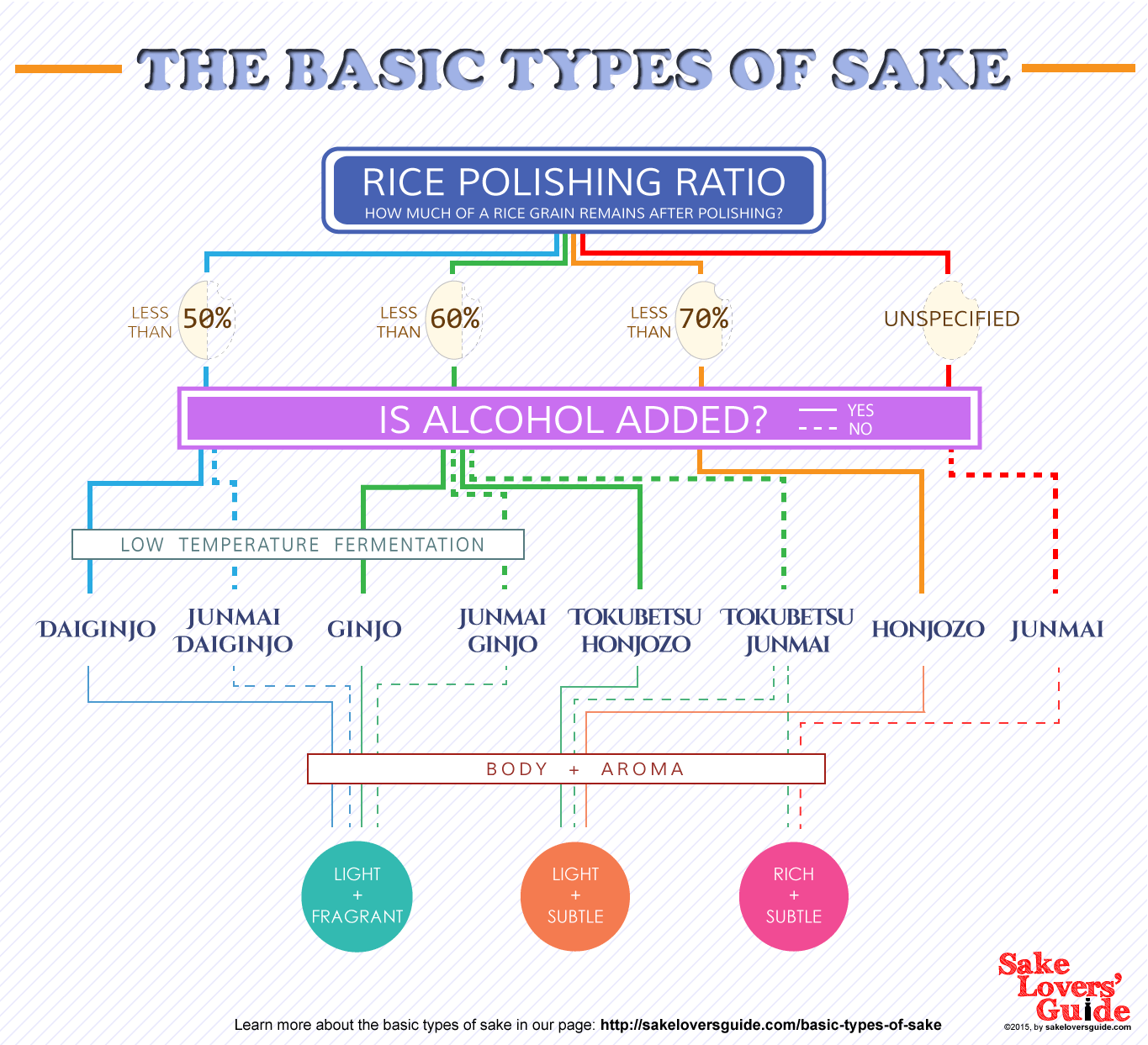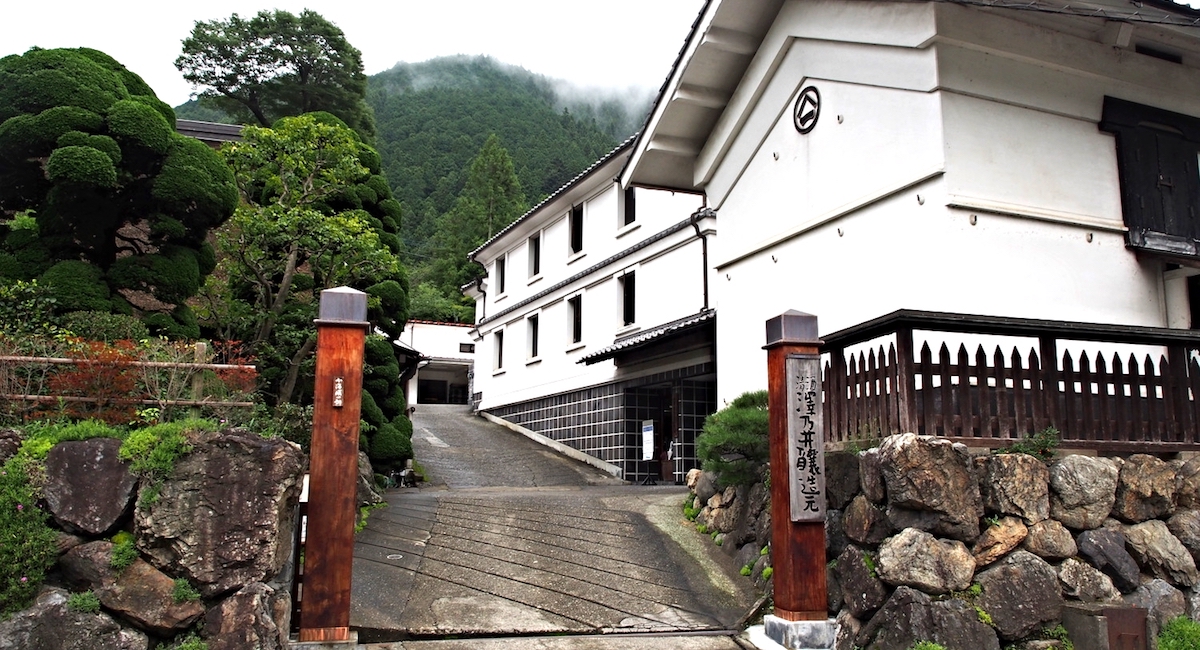Sake Tasting Guide For Travelers
Share

Sake, the traditional Japanese rice wine, is a beverage steeped in history and culture. For travelers seeking a unique experience, sake tasting offers a delightful way to engage with Japan's rich traditions. This guide will provide you with everything you need to know about sake tasting, including key attractions, types of sake, and tips for the best tasting experience.
Understanding Sake: A Brief Overview
Sake is made through a brewing process that converts starches in rice into sugars, which are then fermented into alcohol. Unlike wine, which is fermented from fruit, sake is brewed more like beer. The quality of sake is influenced by various factors, including the type of rice used, the water source, and the brewing techniques employed.
Key Attractions for Sake Lovers
When planning your sake tasting adventure, consider visiting these renowned regions in Japan:
-
Niigata Prefecture: Known for its high-quality sake, Niigata's breweries produce some of the finest varieties in the country. The region's pure water and climate contribute to its reputation.
-
Hyogo Prefecture: Home to the famous "Nada" sake district, Hyogo boasts numerous breweries and is known for its rich sake culture.
-
Akita Prefecture: This area is celebrated for its unique sake styles, particularly those that emphasize the natural flavors of rice.
-
Tokyo: The capital city offers a plethora of sake bars and tasting experiences, making it a convenient stop for travelers.
Types of Sake: What to Expect

Understanding the different types of sake can enhance your tasting experience. Here are some common classifications:
- Junmai: Pure rice sake with no added alcohol. It has a rich flavor and is often enjoyed warm.
- Ginjo: Made with rice polished to at least 60%, this sake is lighter and more fragrant.
- Daiginjo: An even more refined version of ginjo, with rice polished to 50% or less. It offers complex flavors and aromas.
- Nigori: Unfiltered sake that appears cloudy. It has a sweet, creamy texture and is often served chilled.
The Best Time to Visit for Sake Tasting
Japan experiences four distinct seasons, each offering a unique backdrop for sake tasting. The best time to visit for this experience is during the fall (September to November) when the weather is mild, and the rice harvest occurs. This is also when many sake festivals take place, allowing you to sample a variety of brews.
Preparing for Your Sake Tasting Experience

Before embarking on your sake tasting journey, consider the following tips:
-
Research Breweries: Look for local breweries that offer tours and tastings. Many provide insights into their brewing processes and the history behind their sake.
-
Pair with Food: Sake pairs beautifully with various dishes. Try it with sushi, sashimi, or even grilled meats to enhance the flavors.
-
Attend a Sake Festival: These events are perfect for sampling multiple varieties and learning from experts in the field.
-
Stay Hydrated: Sake can be quite potent, so drink water between tastings to stay hydrated.
Sake Tasting Etiquette
Understanding the etiquette surrounding sake tasting can enhance your experience. Here are some key points to remember:
- Pouring: It’s customary to pour sake for others rather than yourself. This gesture shows respect and camaraderie.
- Serving Temperature: Different types of sake are best enjoyed at specific temperatures. Generally, junmai and nigori are served warm, while ginjo and daiginjo are best chilled.
- Tasting Notes: Take your time to savor each sip. Note the aroma, flavor, and finish of each sake you try.
Sake and Food Pairing

Pairing sake with food can elevate your tasting experience. Here are some classic pairings to consider:
- Sushi and Sashimi: The delicate flavors of sushi are complemented by the crispness of ginjo sake.
- Grilled Meats: Richer sake varieties like junmai pair well with grilled meats, enhancing their smoky flavors.
- Cheese: Surprisingly, sake can pair well with certain cheeses, especially creamy varieties.
Planning Your Sake Tasting Trip
To make the most of your sake tasting adventure, consider booking accommodations and transportation in advance. Here are some resources to help you plan:
- Hotels & Flights: Book your stay and flights here.
- Transfers: Arrange your transportation.
Conclusion: A Toast to Your Sake Adventure
Sake tasting is not just about the drink; it's an immersive experience that connects you with Japan's culture and history. Whether you’re a seasoned connoisseur or a curious newcomer, the world of sake offers something for everyone. So, raise your glass and enjoy the flavors of Japan!





